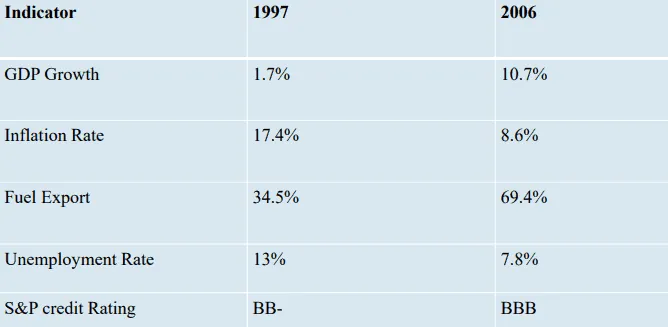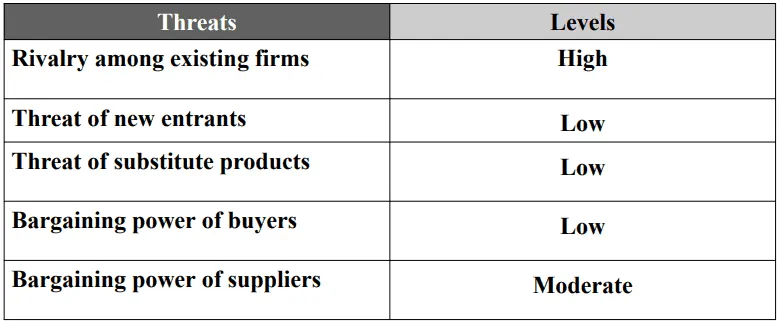The Kashagan Production Sharing Agreement (PSA) - Case Solution
The Kashagan Production Sharing Agreement (PSA) case study presents the Kashagan oil field and the production sharing agreement of the project investors with the Kazakh government. It looks into the specific solutions to renegotiation of the terms of the PSA in order to compensate the Kazan government and continue the project.
Case Questions Answered
- How can the Consortium renegotiate specific terms of the Kashagan Production Sharing Agreement (PSA) to compensate the Kazan government and continue the project?
- Should the company go for giving a 40% share of the project to the Kazan government? Or make a $7 billion one-time payment? Or revise the deal with KMG at a 25% rate? Or increase the royalty of the project to 15%?
This case solution includes an Excel file with calculations that will be available after purchase.
This case solution includes an Excel file with calculations.
Project Overview – The Kashagan Production Sharing Agreement (PSA)
The Kashagan field has an area of 75 km by 45 km. It contained both oil and natural gas. It is estimated that about 35 billion barrels of oil were recoverable, and it has an estimated life of 40 years. A Kashagan Production Sharing Agreement (PSA) was signed between a consortium of international oil companies (IOCs) and the Kazakh state to govern the project and develop the field through an operating company — Agip KCO.
Economy Analysis

Porter’s Five Forces Model

PESTLE analysis
Political
- The government of the country has the ultimate power to renegotiate or shut down the project.
- Nationalists exert pressure on the authority to limit the access of foreign companies to the natural resources of the country.
Economic
- The cost of operating a business, capital expenditure, transportation, research, and development costs are high, and sometimes it is difficult to determine whether the project is worth money, time, and effort.
- Reduction in oil prices in the global market, inflation rate, and exchange rate affect the project.
Social
- The project will be quite helpful for the government to spend more money on the development and growth of society.
- Project construction and subsequent accidents could endanger the pristine coastline and biodiversity of the Caspian Sea.
Technological
- The technology used in the project under the Kashagan Production Sharing Agreement requires subsequent modification and, subject to malfunction, Capex and the operating cost can be increased.
- Dealing with deadly gas, drilling rigs, and evacuation needs to develop new technology.
Legal
- The cost of licensing might be increased in the near future. In addition, the central government could impose a higher tax rate to acquire a higher benefit, which will increase the cost of production and reduce the profit from the project.
Environmental
- The state of flora and fauna in the surrounding area, protests of environmental activists regarding the biodiversity of the Caspian Sea, and the possibility of generating a higher amount of highly toxic gas increase the impact of environmental factors.
Project analysis (SWOT analysis)
Strengths
- The project is considered the second-biggest oil exploration project.
- The project will generate revenue for the next 40 years.
Weaknesses
- The higher cost of production, capital expenditure, and operating costs.
- The geographical location and surface condition of the project are adverse.
Opportunities
- The project under the Kashagan Production Sharing Agreement is helpful in creating a long-term relationship among the members of the consortium and incubating new technologies.
- The future rate of oil shows a stable price.
Threats
- Subsequent delays in the project completion can negatively affect the project NPV.
- The government can renegotiate terms further or increase the tax rate.
Complete Case Solution
Get immediate access to the full, detailed analysis
- Comprehensive answers to all case questions
- Detailed analysis with supporting evidence
- Instant digital delivery (PDF format)
Secure payment • Instant access
By clicking, you agree to our Terms of Use, Arbitration and Class Action Waiver Agreement and Privacy Policy